China’s Tiangong Orbital Station is not only reinforcement in the presence of the Celestial Empire in outer space. It is also a large laboratory outside the Earth. It will explore new materials, dark energy, the influence of microgravity on biological processes, and much more.
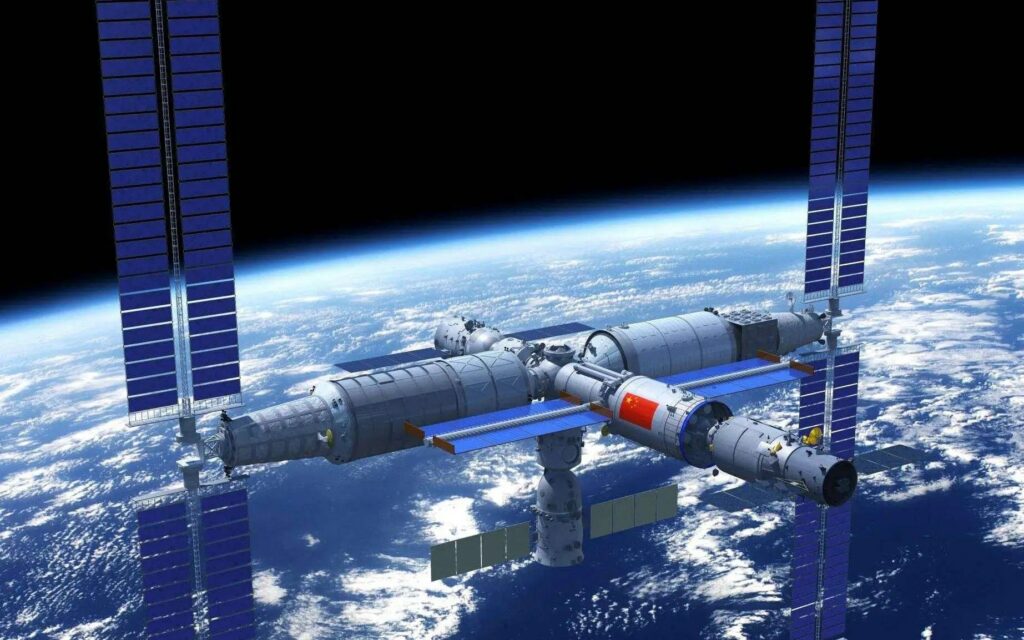
The Chinese space station
In recent years, Beijing has been actively reinforcing its presence in space turning into a serious competitor to NASA and ESA. The USA has already announced that space has become a new arena of confrontation with the Celestial Empire. On June 25, China put into orbit and successfully docked the second module Wentian to its orbital station. And as soon as the fall of this year, it is planned to launch the third module Mengtian.
The main purpose of Tiangong Station is research, while Wentian and Mengtian are laboratory modules. Therefore, scientists cherish high expectations for it and hope that it will advance not only Chinese, but also world science.
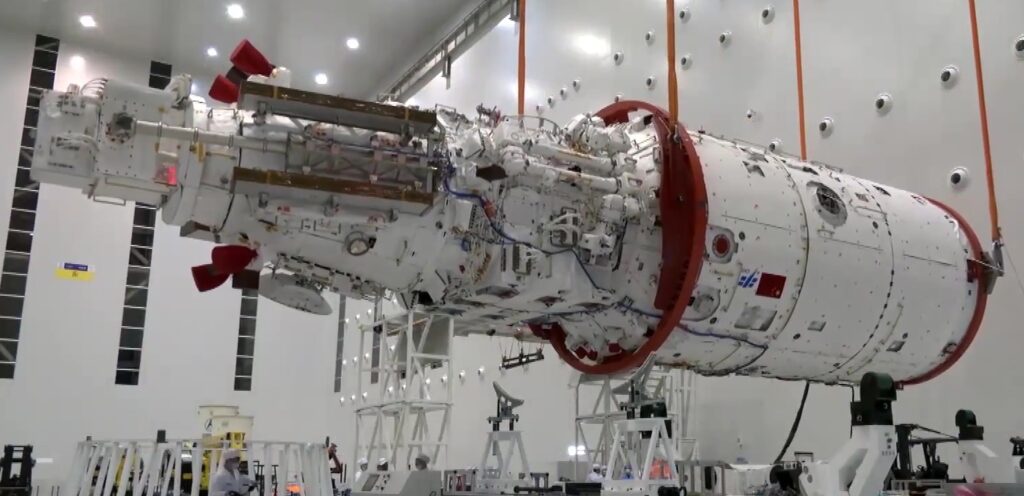
What will be studied at Tiangong
In total, more than a thousand different experiments are planned for the Tiangong space station. They are divided into several large groups. For each of them, a separate block of equipment has been created and mounted in one of the two laboratory modules.
The first large group of studies is devoted to the behavior of life in outer space. It consists of experiments in ecology, biotechnology and freezing of biological objects. The second unit is to study physical processes in microgravity. The behavior of liquids, two-phase systems and combustion in weightlessness will be observed there.
A large part of the experiments at the station will be devoted to materials science. Equipment sets called Material Furnace Experiment Rack (MFER) and Container-less Material Experiment Rack (CMER) have been created for research in this field.
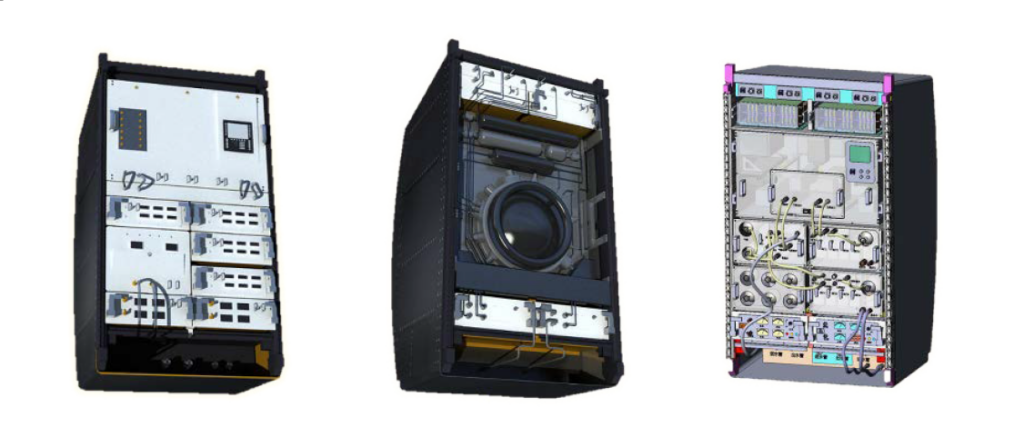
The most interesting part of the research will concern problems of fundamental physics. Taikonauts will study atoms cooled to ultra-low temperatures in weightlessness and perform high-precision time measurement. In addition, they will conduct experiments under variable gravity.
International cooperation on Tiangong
In addition to the experiments planned by Chinese scientists themselves, the Tiangong station project involves extensive international cooperation. More than 70 teams of scientists from Europe, Asia, Africa, Latin America and even Oceania will take part in the work of the orbital laboratory.
In particular, the European Space Agency cooperates with China in the fields of research into the physics of combustion and the behavior of liquids in microgravity, materials science, and the study of biological processes in microgravity.
As early as 2019, nine international projects were chosen, whose programs are known in more or less detail. These include, for example, the Indian-Russian Spectroscopic Investigations of Nebular Gas program. It includes mapping the regions of star formation in our Galaxy.
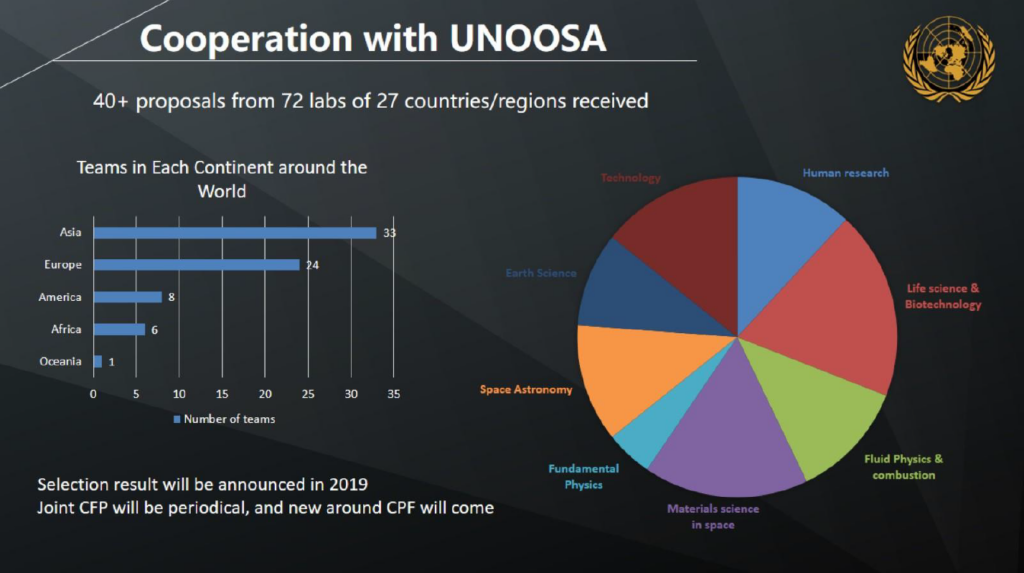
A group of European universities will conduct research on how radiation and weightlessness affect the functioning of living cells under the control of DNA. They are interested in organoids — multicellular structures that look like organs grown artificially in laboratory conditions. It is expected that in this way scientists will be able to enhance their knowledge enabling them to fight cancer.
Scientists from Saudi Arabia will conduct experiments with solar panels in a vacuum. And the detector called POLAR-2 will investigate the polarization of high-energy gamma rays.
Scientific mission of the Xuntian telescope
In addition to the mentioned laboratory modules, the taikonauts have also the Xuntian orbital telescope to carry out their scientific exploration. Physically, this device will be set apart from the station, orbiting in the same orbit but at a considerable distance from it. However, it is an integral part of the project and it will periodically dock to the Tiangong for maintenance.
Xuntian is going to be an automated reflector telescope, very similar in design to the old Hubble Space Telescope. The diameter of its main mirror is 2 m, and the focal length is 28 m.
China’s orbital observatory will have a field of view of 1.75 square degrees — about the same as the Rubin telescope. Xuntian is going to work in the near-infrared, visible and near-ultraviolet ranges. It will also be equipped with a filter system and a spectrograph.
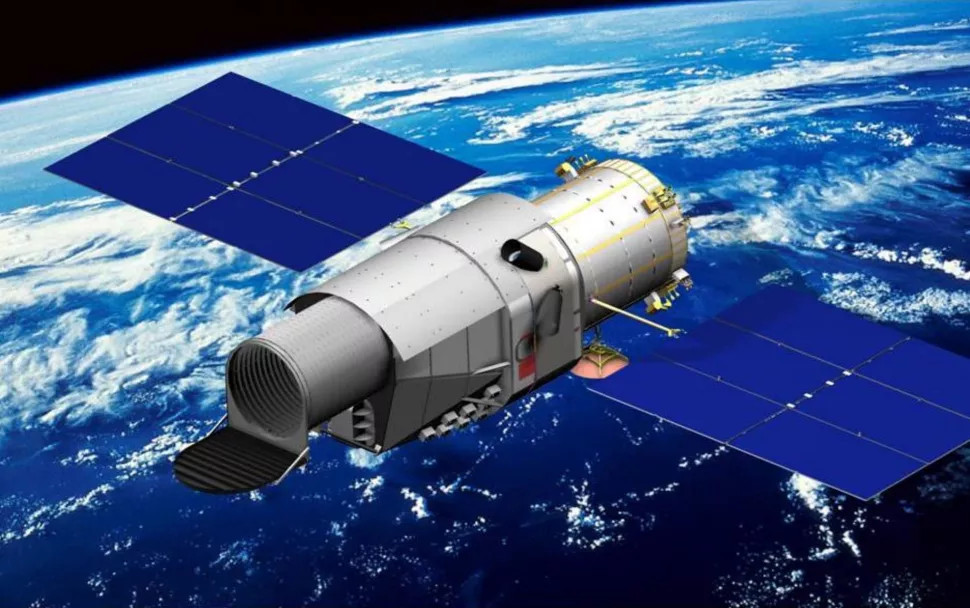
The scientific tasks facing Xuntian are very diverse and include a number of cosmological problems: dark energy, dark matter and gravity, large-scale cosmic structures. Much attention will also be paid to the study of active galactic nuclei — their variability, clusters, redshift, and other aspects.
Among other questions, which scientists are going to study with the telescope, are the formation and evolution of galaxies, and the properties of their halos. Within the Milky Way scientists hope to learn a lot about star formation and dust, and in our own Solar System they expect to discover more trans-Neptunian objects and asteroids capable of approaching Earth.
